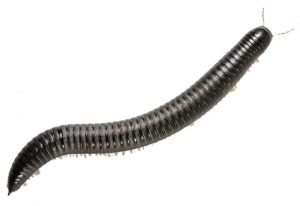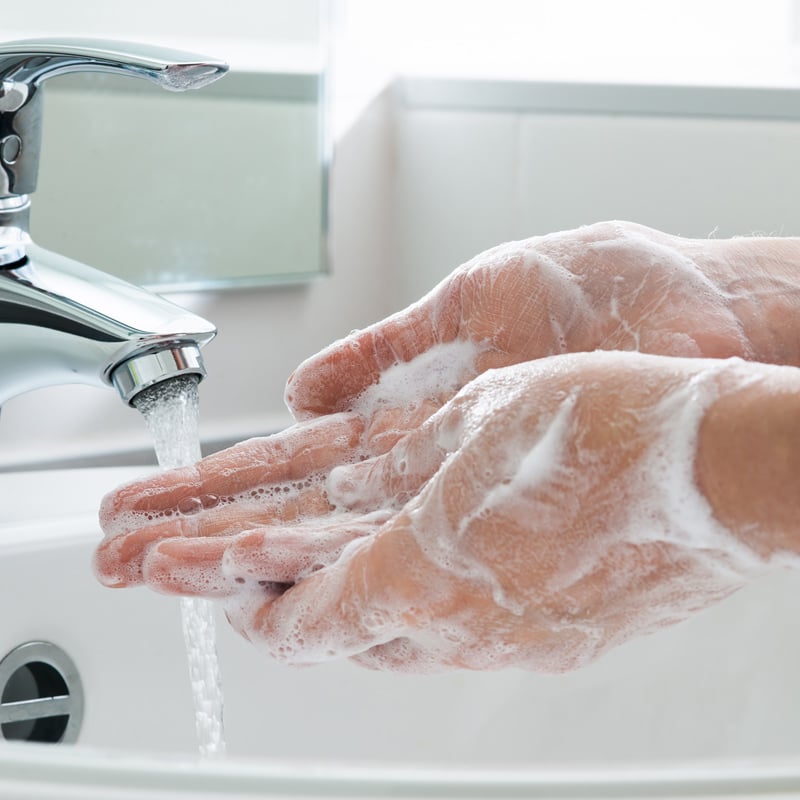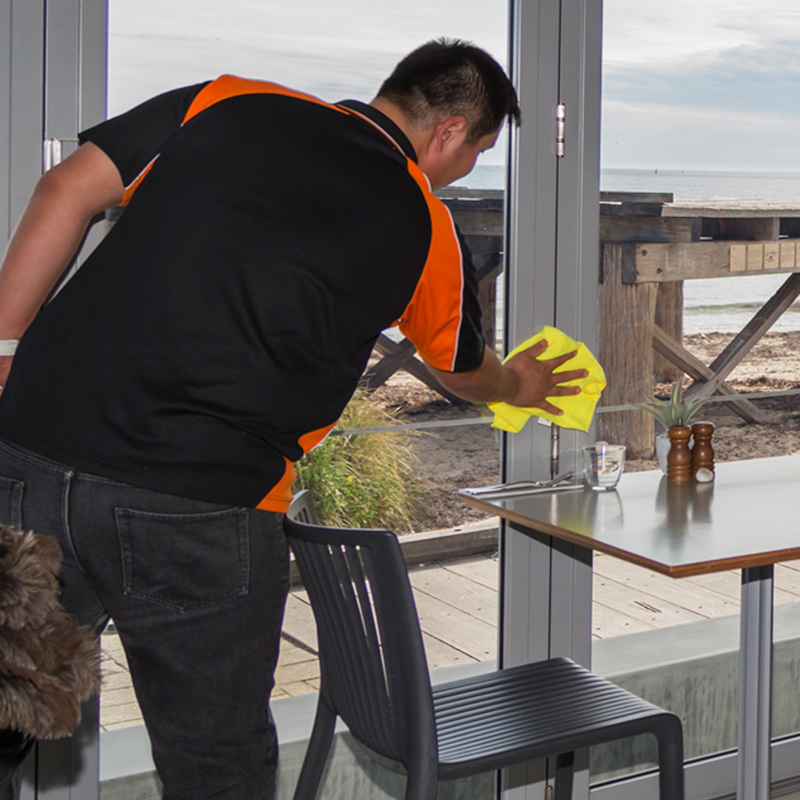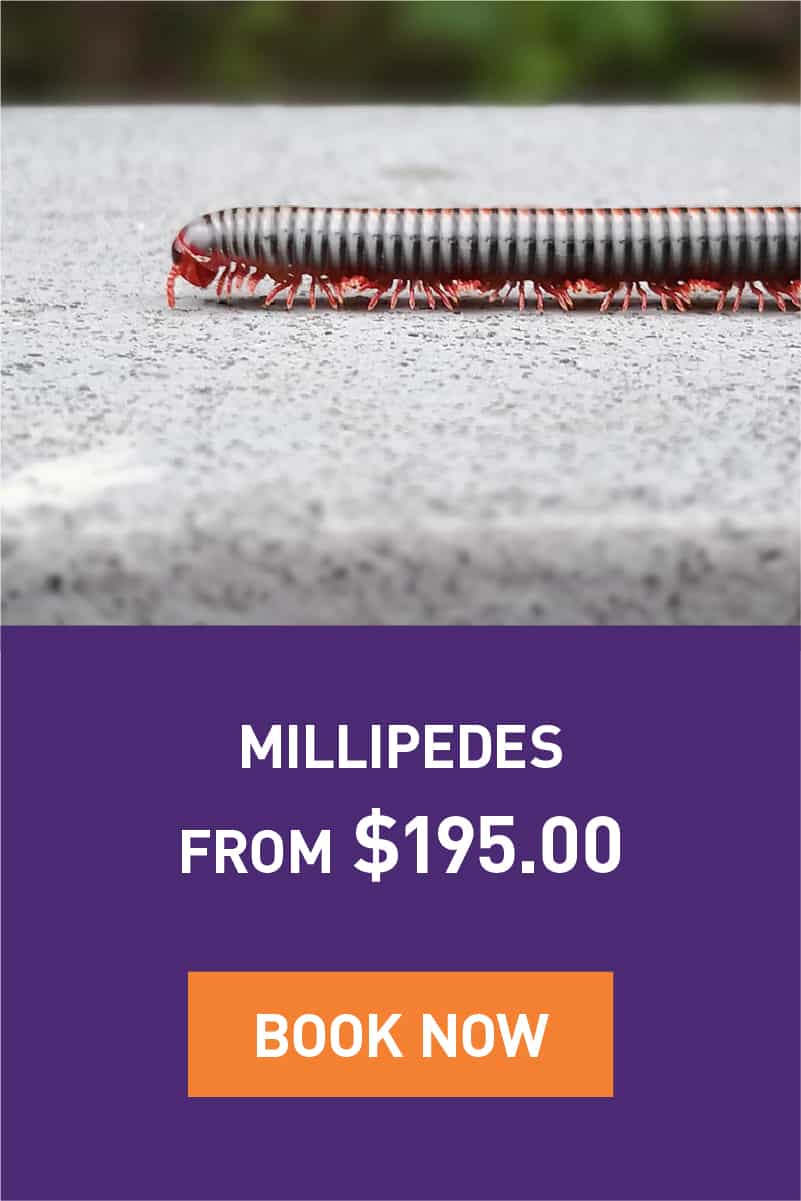PORTUGUESE MILLIPEDES ARE AN INVASIVE PEST IN AUSTRALIA
Having been accidentally introduced in the 1950’s they have spread over most of the mainland, due to the fact they have no known predators in Australia when the weather is damp there are few limits on how fast and how many can reproduce.
Pestpro are the pest control experts and the only company you should trust to be applying chemicals to your home or business.
Through the latest advancements in pest control techniques, we’re able to strategically place chemicals to be more effective and eliminating millipedes whilst using significantly less chemicals.
The chemicals that we do use has the lowest possible levels of toxicity to mammals and are not systemic with plants; meaning that your family are safe from harm and the quality of your soil and plants are not compromised.
Simple Prevention
While they are not directly harmful to humans, they may enter a residence in numbers, squashing them is ill advised as it releases Hydrogen Cyanide, which can permanently stain materials and irritate eyes.
Pestpro offers Millipede Treatment as the most effective way to remove the threat to your home or business.
Our Process
Portuguese Millipedes (Ommatoiulus moreleti) are an invasive species first introduced into Australia in the 1950s. Since then they have enjoyed our climate, lack of predators, and abundance of food.
They have bred to plague proportions in WA and SA, causing inconvenience and in some cases, highly dangerous situations including train derailments.
While not harmful to humans, if they are squashed they release a smelly pungent yellowish secreting which can stain your skin, clothes and floor surfaces. If millipedes get into your electrical equipment they can also cause a great deal of damage resulting in expensive repairs.
 Portuguese millipedes (Ommatoiulus moreletii)
Portuguese millipedes (Ommatoiulus moreletii)
The Portuguese millipede naturally occurs in southwest Europe. They were first recorded in Western Australia around Roleystone in 1986 and since the late nineties, have been found in other areas of south-west Western Australia. They are also found in South Australia, Australian Capital Territory, Tasmania and Victoria.
Portuguese millipedes will curl up into a tight spiral when disturbed, or try to escape with thrashing, snake-like movements. They are 20-45mm long with 50 body segments when fully developed. The adults range in colour from slate-grey to black. The juveniles are light grey/brown, often with a darker stripe along each side.
Life cycle
Portuguese millipedes reproduce in autumn and early winter. They would probably begin mating in March or April and lay most of their eggs in April and May. This would explain why they appear so mobile and so abundant after the first rains.
Portuguese millipedes hide in the soil during the hotter months and normally emerge after the first rains in Autumn and Spring
Portuguese millipedes are attracted to lights at night time, which is why they end up in your home or business. Portuguese millipedes do not breed once inside your house, but they will likely die there leaving you to clean them up.
Because they breed in plague proportions, DIY millipede control is simply ineffective.
Seek professional assistance immediately for millipede control Perth as soon as you start spotting them in or around your home or business. We can target these pests by applying environmentally safe products to garden areas and prevent the millipedes’ movements.
Like slaters, millipedes gain access to the home or business via garden beds situated directly next to the perimeter of the home or business. Their small and long size allows them to enter the home or business through the smallest of cracks. The best preventative millipede measure is by distancing garden beds from the perimeter of your home or business. Millipedes also have trouble climbing smooth surfaces, so you could add smooth stones around the perimeter of your home or business.


















